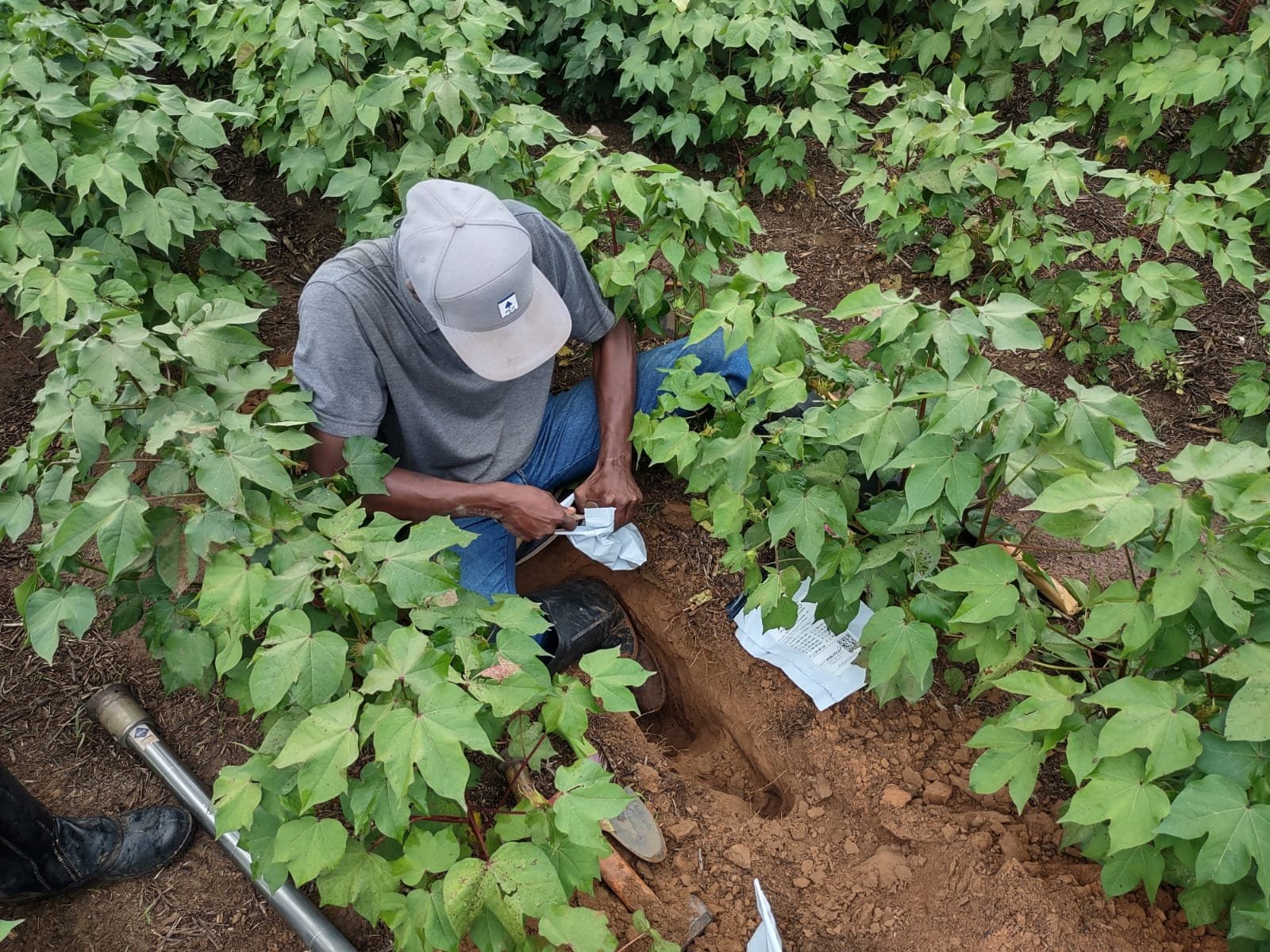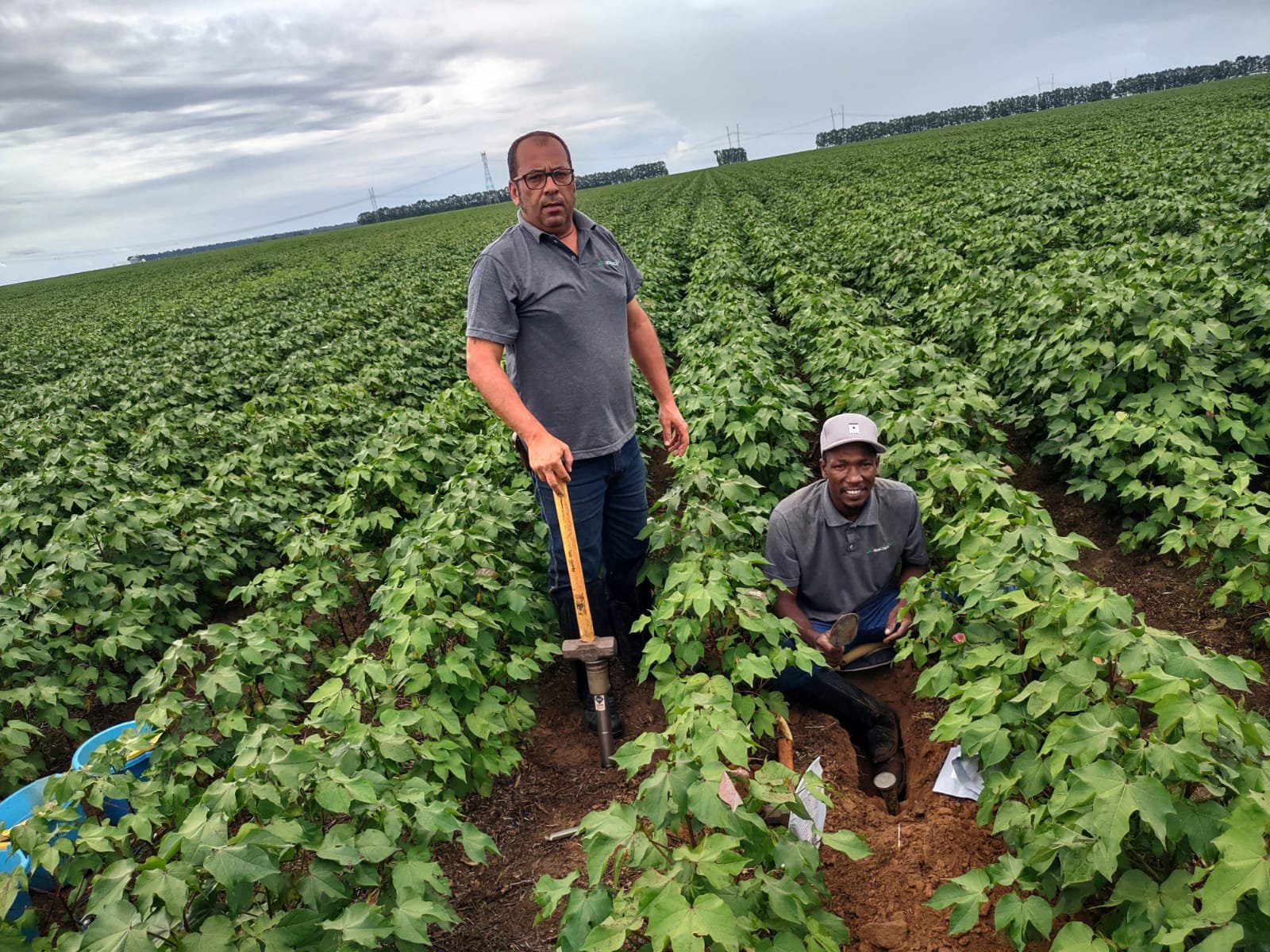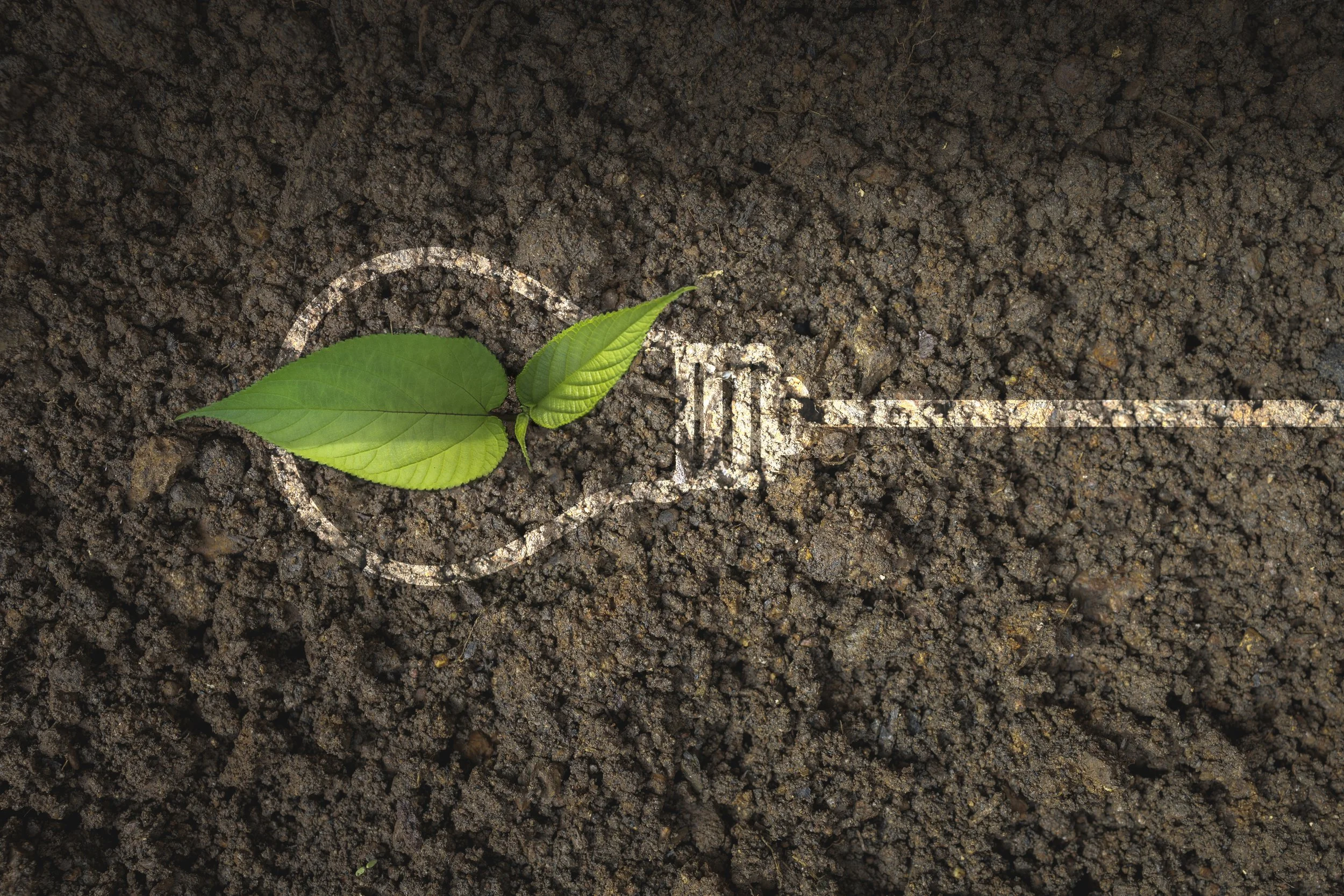Carbon stock in Western Bahia
Analysis of different soil scenarios in one of the regions with the highest agricultural productivity in Brazil
PATHWAYS
#
START
October 2021
DURATION
8 months
BIOME
Cerrado
location
Western Bahia, Matopiba, Brazil
STATUS
Concluded
From robots exploring the surface of Mars to the soil of Bahia: the startup Agrorobótica applied NASA's photonics technology to analyze different soil conditions for soy crops and to enable local farmers to enter the carbon credit market. Data collected in the field fed the AGLIBS artificial intelligence platform to build a carbon baseline for one of the regions with Brazil's highest agricultural yields.
Agrorobótica is one of the startups from the Sustainable Soy in the Cerrado Program and was one of the companies selected for funding by the Startup Finance Facility, a pioneering initiative to manage and foster novel solutions for a sustainable soy supply chain, free of deforestation and conversion of native vegetation in South America.
With this support, the startup was able to collect 2,200 quantitative and qualitative carbon samples, and 550 soil density and texture samples from western Bahia, to produce a greenhouse gas inventory of the region.
Pilot Project:
In Western Bahia, data collection began on a soy, corn, and cotton farm with no-till farming and pivot irrigation.
Agrorobótica analyzed four different soil scenarios in the region: degraded pastures, native vegetation, conventional management, and sustainable management on soy farms. The survey has also analyzed the farms' environmental compliance and measure soil fertility.
The pilot project helped to significantly reduce (by between 30% and 40%) the costs of collecting soil samples and analyzing carbon, making the service offered by Agrorobótica more accessible to rural producers.












